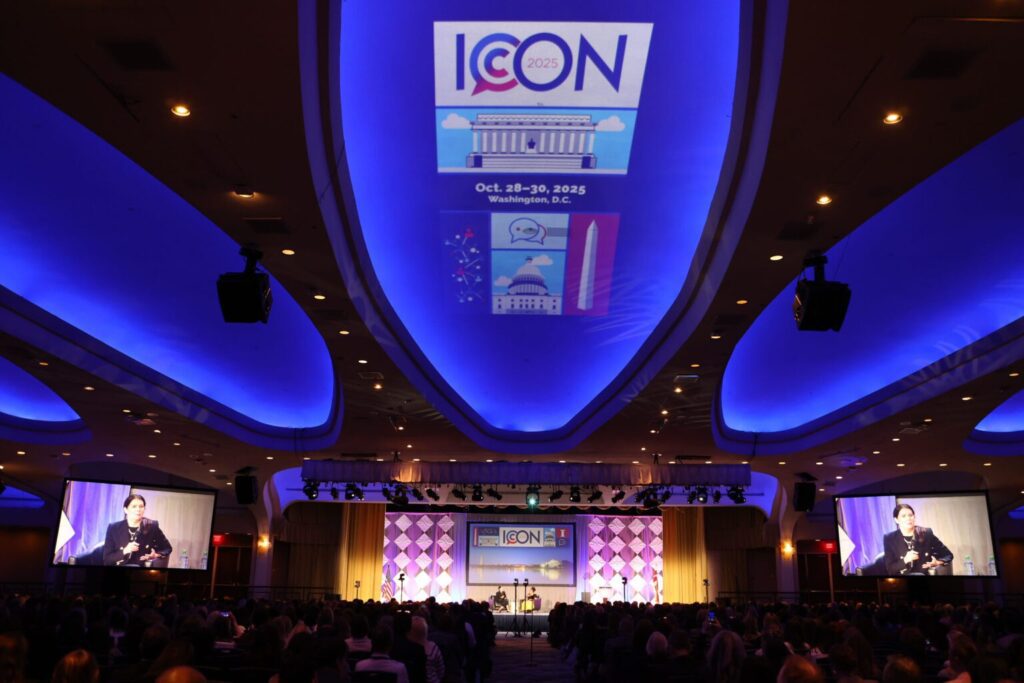I read with great interest Promo’s August cover story on the new TV series “Mad Men.” Everyone I know in marketing is watching and talking about this show, which is a pretty realistic view of what the advertising business was like in 1960.
I started my marketing career in the 1980s as a copywriter for Doyle Dane Bernbach (DDB). I knew some of the creators of the Volkswagen campaign that the “Mad Men” characters talk about. The guys on the show were “old school,” and chided the breakthrough VW ads because they didn’t conform to the rules and formats that made those character types successful.
I was privileged to know Helmet Krone, who designed the original VW campaign and brought the principles of Bauhaus (less is more) to advertising. The creatives at DDB used truth, humor and self-deprecation in their ads, which was unheard of at the time. Ads from that era were typically full of hyperbole and bombastic claims that would seem very unbelievable to today’s media-saturated consumers.
I hope the “Mad Men” series does further exploration of the creative process in upcoming episodes. There’s an instance where the creative director gets inspired in a client meeting and blurts out the new positioning for Lucky Strike. I can tell you from personal experience that happened rarely, if ever.
I remember the creators of the VW, Avis, Chivas Regal and other now-famous campaigns telling me about pulling all-nighters, arguing with each other fiercely and struggling for days, weeks and months. One such debate was whether the Avis campaign was to read “We’re #2. We Try Harder” versus “We Try Harder. We’re #2.”
My own experience developing winning concepts was that the creative inspiration rarely came in a conference room or at my IBM Selectric typewriter. It came while I was swimming, or at the movie theater, or at the Central Park Zoo, or just about anywhere other than the office environment.
Weirdly enough, inspiration often came when my art director, Neil Raphan (now a VP at Saatchi & Saatchi) or I took a bathroom break. Maybe that’s because the pressure was off and we weren’t trying so hard. Therefore, the concept came to us more easily.
In “Mad Men,” they talk about copywriters being on one floor coming up with the concept and then handing it off to the art directors who worked on another floor. DDB pioneered the practice of copywriters actively working together with art directors to come up with the concept.
At DDB, I learned that the overarching concept didn’t always have to come out of the copy. In fact, I was known as a visual writer because often ideas came to me in the form of visuals. The art director just as often would then write the headline. This was a very counterintuitive process that proved to be quite effective.
Other tricks I was taught at DDB were to write the end of the TV commercial first so I knew what I was writing towards when I would go back and write the beginning. Sometimes I would first write the middle, then the end and do the beginning of the spot last.
It’s this creative process that is least understood about the work of advertising and marketing in general. While “Bewitched’s” Darrin Stevens inspired many I know to become art directors (Editor’s note, see page 66), his boss and agency partner Larry Tate reminded me of many account execs I knew.
The 1960s TV show didn’t explore the creative process at all. Neither did the film adaptations of “The Hucksters” (1947), nor “The Man in the Gray Flannel Suit” (1956). The 1986 Tom Hanks movie “Nothing in Common” touched on how creative is done, but I wanted so much more.
I think I was the only copywriter I knew who didn’t have a screenplay or TV script in his/her bottom drawer. I wonder if any of those aspiring screenwriters ever thought of using their own work as material for one of their treatments.
If “Mad Men” doesn’t do it, I hope some other TV series or movie closely examines the intriguing and misunderstood process of how marketing concepts are developed. lP
Larry Chase is publisher & executive editor of Web Digest For Marketers, www.wdfm.com.



